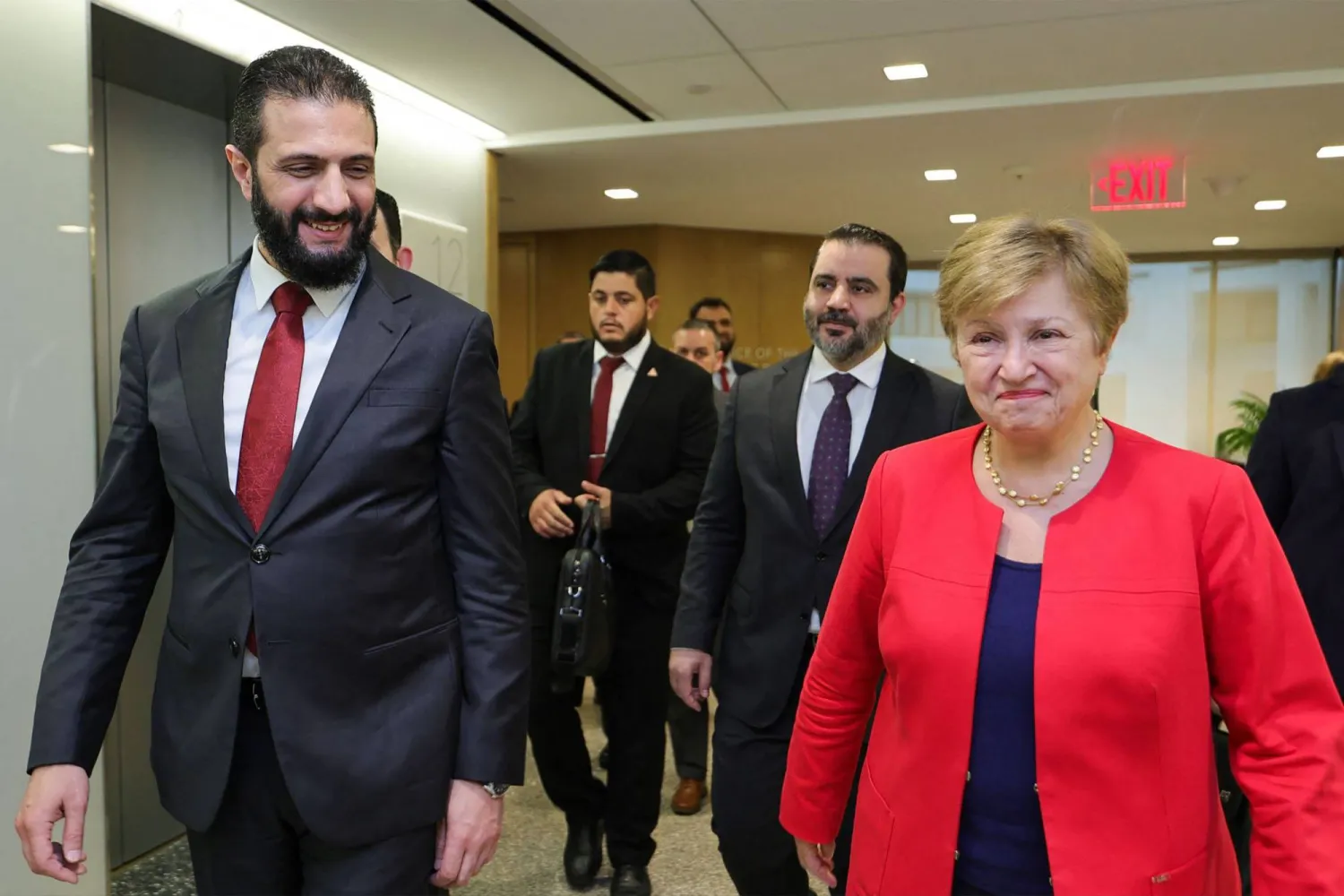Credit rating agency S&P Global upgraded Saudi Arabia’s local and foreign currency credit rating to A+ with a stable outlook.
In its report, the agency stated that the upgrade with a stable outlook reflects the Kingdom's continued progress in economic diversification, sustained growth of the non-oil sector, and development of the local capital market.
These factors help offset the risks associated with rising external sovereign debt, which is being strategically invested to achieve the objectives of Saudi Vision 2030 while managing debt servicing costs.
The agency highlights the Kingdom's measures to spur investments that will support non-oil growth prospects and economic resiliency over the medium term.
As a result, S&P forecasts real gross domestic product (GDP) growth to average 4% over 2025-2028.
The agency expects the Kingdom’s fiscal deficit to average 4.2% of GDP during the same period, driven by transformational spending aimed at accelerating economic diversification.
Furthermore, it is expected that the Kingdom will maintain its comfortable net asset position. Saudi Arabia has seen multiple credit rating upgrades from global rating agencies over the past few years.
These advancements reflect the Kingdom's improved institutional strength and ongoing implementation of structural reforms. They are enabling a successful economic transformation and unprecedented economic diversification in the context of fiscal sustainability and enhanced financial planning efficiency that will continue to support its strong and resilient fiscal position.









